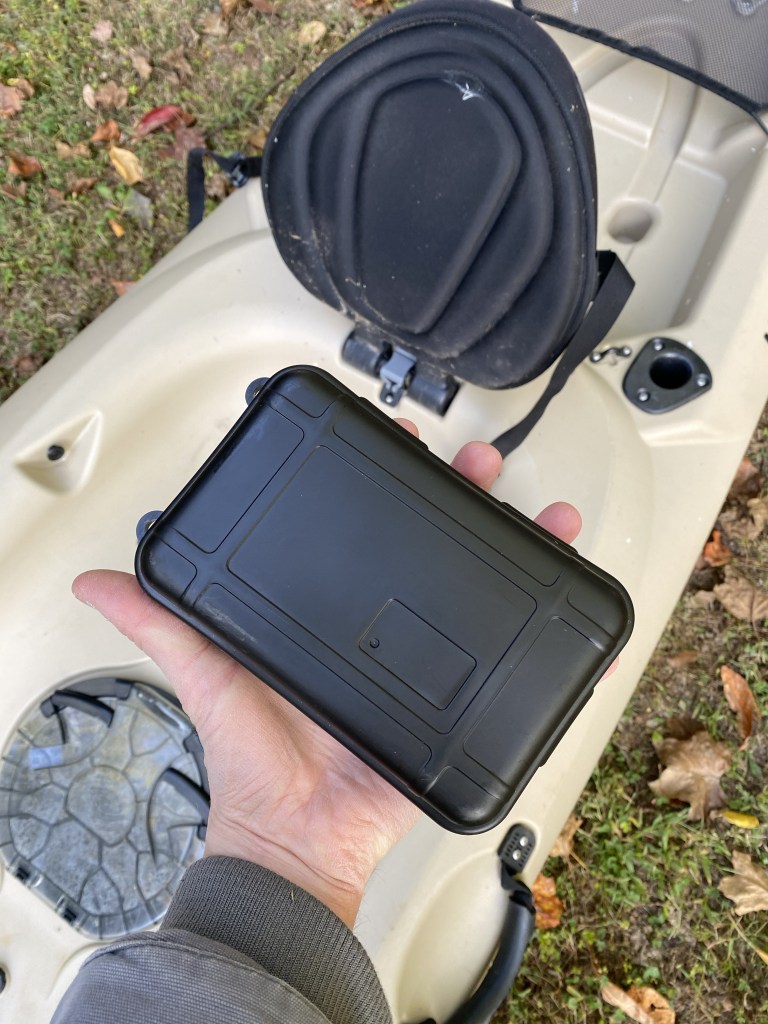Rugged Pursuit
Withdraw to the Wilderness
Get Your FAKs Straight

I love wild places! But the wilderness comes with inherent risks. For a worry-free excursion, prepare ahead of time for the scenarios you may encounter in the outdoors.
Preparedness is next to Godliness… okay maybe that is not how the saying goes. Regardless, it is important to be ready for anything when you go out to face the world.
At Rugged Pursuit, we love wild places. But wild places come with inherent risks. Those risks can add excitement to the adventure, but we need to be smart. Hiking, camping, hunting, and recreating in remote places means limited access to emergency services should you need assistance. Areas with good phone service in the back country are few and far between. Calling for help may not be an option. For a worry-free excursion, prepare ahead of time for the scenarios you may encounter, specific to your chosen activity.
Check the FAKs
Before you head out for any type of outdoor recreation, you need to make sure you have an accessible First Aid Kit (FAK) that it is complete and current. A first aid kit is a portable collection of medical supplies and essential tools designed to provide initial care and treatment for minor injuries and medical emergencies. FAKs are essential for quickly addressing injuries or medical issues in various settings, from home and workplace to outdoor adventures, and they play a crucial role in stabilizing and providing immediate assistance until professional medical help can be sought, if necessary.
Creating a basic first aid kit for outdoor activities like hiking and camping is crucial because you may encounter unique challenges and injuries in remote areas. For people who spend a lot of time pursuing outdoor activities, carrying a FAK in your vehicle at all times just makes sense. That way it is always accessible, even when you are on the go. Then, when you arrive at the location at which you plan to recreate, it will already be ready to grab when you leave the driver’s seat and enter the great outdoors!
Here is a list of items you should consider including in your car’s first aid kit for outdoor recreation:
General Supplies
- First Aid Manual: A wilderness-specific first aid manual or instruction booklet. This is not an adequate replacement for actual first aid training, but may be a helpful alternative. Should you find yourself in a bind with no access to internet search engines, this may be the difference between life and death, or at least prevent further complications. I attended a wilderness survival class and took notes using the “Notes” app on my phone. That way, I could reference them even when I did not have cell service.
- Adhesive Bandages: Various sizes and shapes to cover small cuts and blisters. With their small size and ease of use, Band-Aids are a no-brainer. At the very least, tuck a couple in your wallet before you go on a hike. Blisters on your heel can make the difference between a peaceful nature walk, and a terrible day.
- Sterile Gauze Pads and Rolls: For larger wounds and to control bleeding.
- Adhesive Tape: To secure dressings or splints. There are tons of uses for tape in the outdoors, so having a small roll handy is never a bad idea.
- Scissors or Pocket Knife: For cutting clothing, tape, or gauze. A man without a pocket knife is like a fish out of water. So, don’t leave home without one.
- Tweezers: To remove splinters, ticks, or other foreign objects from the skin, before they get the chance to cause longer-term damage.
- Cotton Balls and Swabs: For applying ointments and cleaning wounds.
- Disposable Gloves: To protect yourself and others during first aid.
- Antiseptic Wipes or Solution: To clean wounds and prevent infection.
A man without a pocket knife is like a fish out of water.
Tweet
Medications
- Pain Relievers: Over-the-counter pain relievers like ibuprofen or acetaminophen.
- Antihistamines: For allergic reactions or insect bites.
- Anti-diarrheal Medication: For gastrointestinal issues. And as a preventative, make sure you use a water purification method and carry a Lifestraw or Sawyer Water Filtration system any time you have to use a natural water source for drinking!
- Prescription Medications: Carry an extra dose than you think you may need, just in case you are out longer than intended.
Specialized Items
- Snake Bite Kit: If you are in an area with venomous snakes.
- Tourniquet: For severe bleeding control. Especially relevant for hunters. But use these with caution and knowledge, as they require special training to prevent further injury.
- Tarp/Emergency Space Blanket: To create a makeshift shelter during unexpected weather and to keep warm in case of exposure or shock.
- Whistle/Mirror: For signaling for help in emergencies.
- Navigation and Communication Tools: A map, compass, or GPS device, and a fully charged mobile phone with a power bank. I recommend that everyone have a GPS tracking app on their phone that they can use to record their route. This will help you retrace your steps should you get off trail. I always turn on the Tracker on my OnX app before I set off. This helps me to know where I am, even in unfamiliar territory. I also use OnX, or my phone’s built in GPS, to drop a pin where I parked my vehicle. Send this pin to your spouse, or a close friend, so they will know where to check if you do not return home when expected.
- Water Purification Tablets or Filter: In case you run out of clean water. (Remember how we talked about preventing diarrhea?)
- Multi-Tool or Swiss Army Knife: For various purposes, including cutting, opening containers, and repairing gear. A good multi-tool covers a multitude of sins!

A good multi-tool covers a multitude of sins!
Tweet
Always customize your first aid kit (FAK) based on your specific needs, the duration of your outdoor activity, and the environment you’ll be in. Regularly check and update the kit to ensure that items haven’t expired or deteriorated. Also, take the time to learn basic wilderness first aid techniques, and consider taking a wilderness first aid course if you engage in outdoor activities frequently.
Customize Your Kit
You may not be able to carry every single item on this list, depending on where you are going and what activity you are taking part in. If you are hiking, you could easily fit these items into a backpack. If your activity prevents you from carrying a large pack, perhaps you could tuck a few necessities into a fanny pack, or a pouch clipped to your belt. Neck pouches, worn as a necklace, can hold your phone, wallet, disinfecting wipes, and other small items that you want to keep close and secure. Toss a couple bandages in your wallet and a multi-function knife in your pocket.
I have a small, waterproof, plastic box that contains single-use first-aid items, a pocket knife, flashlight, fire-starter, and more. The whole container is smaller than my hand. This compact kit is great for keeping in the center console of my truck, and fits perfectly in the storage compartment of my kayak.


It is important to consider the specific activity you will be taking part in, and what risks it could bring, then modify your kit accordingly. Put some thought into what adjustments you could make to trim down what you carry, without putting your safety at risk.
Hiking? Take small bandages for blisters. Hunting? Get trained to use a tourniquet correctly. Camping? Better pack some tweezers and a specialized tick-removal tool.
Having the right tools can save, not only your own life, but the lives of others. The wilderness survival skills and first aid knowledge you acquire could greatly benefit the companions recreating with you. Not to mention the people you may encounter in the woods who have been injured, stranded, or did not prepare for the scenario they got themselves into.
So, before you head out this weekend, get your FAKs straight! Someone’s life could depend on it.
What’s in Your FAK?
Is there anything I missed?
What is something you never leave the house without?
Have you ever found yourself lacking the necessary tools in a sticky situation?
Share your story in the comments!
10.12.23

I have one of those waterproof boxes, and now I know the best way to use it! I’m going to put my first aid items in it and keep in in my car. That way I can have it ready to carry along in my backpack when we’re off to the woods. Thanks for the helpful advice.
LikeLike